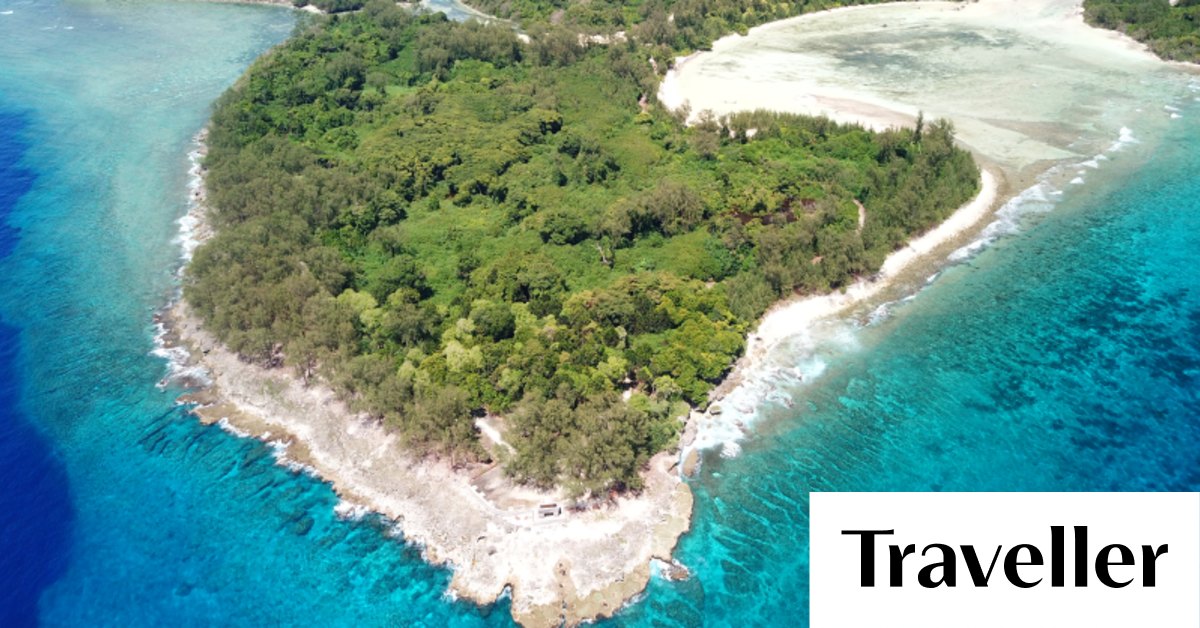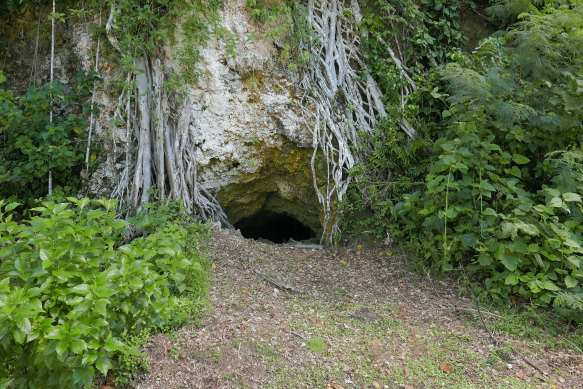The forgotten island where an Australian legend was killed

- by Admin
- April 23, 2024

In the dim torchlight, Des Matsutaro crouches over the unremarkable detritus of war. Beer bottles, pots, a shoe sole, bowls stamped with the insignia of the Imperial Japanese Navy. A land crab scurries across the dusty floor, which is littered with ammunition cases, and a “drip pit” for capturing bodily fluids hints at a makeshift operating room.
The island of Peleliu played host to one of the fiercest battles of World War II.Credit: iStock
The 1000-Man Cave on the island of Peleliu, in the Micronesian nation of Palau, echoes war stories as grisly as they get. Of thousands of Japanese soldiers hiding out in an ant farm of underground caves and tunnels, and of the American forces armed with flamethrowers and bulldozers, who entombed many.

Australian war correspondent Damien Parer.Credit: Mitchell Library, State Library of New South Wales
This September marks the 80th anniversary of the Battle of Peleliu, described by some veterans as the fiercest of the Pacific campaign.
It’s also where the famous Australian war correspondent Damien Parer died while filming the US invasion. Parer, whose Academy Award-winning footage of Kokoda produced some of the most iconic images of Australian troops in WWII, was killed by Japanese gunfire on September 17, 1944, aged 33. He left behind a wife of six months and an unborn son.
Unlike Gallipoli and Fromelles, Palau isn’t a war-history destination for Australians. The few who visit the archipelago – a chain of 340-odd islands scattered 1500 kilometres south-east of the Philippines – come for the UNESCO World Heritage-listed Rock Islands and their superlative coral reefs. But journey to Peleliu, a coral island 10 kilometres long and half as wide, and a forgotten story of the war unfolds.

The entrance to 1000 Man Cave.Credit: iStock
My visit is part of a half-day excursion with Four Seasons Explorer, a unique “floating resort” permanently based in Palau since October. We’re met by Des, a travel guide and historian of Palauan and Japanese descent, who takes us on a journey – part cycled/part driven – through Peleliu’s darkest days.
He describes how, on September 15, 1944, US troops stormed the island’s south-west beaches in a coordinated land, sea and aerial strike to seize Palau’s only airfield. The allies needed aerial support for the invasion of Japanese-occupied Philippines, and Palau – a former German colony administered by Japan after WWI – was a strategic foothold.
The Latest News
-
December 22, 2024AFL legend Aaron Shattock placed in induced coma following freak accident while operating an excavator
-
December 22, 2024Test discard brings the heat after Boxing Day axing
-
December 22, 2024Australian cricket team at MCG: Near 60% win record, unbeaten for three years | Cricket News – Times of India
-
December 22, 2024Zheng to skip United Cup, focus on Aussie Open
-
December 22, 20242024 runner-up Qinwen Zheng pulls out of Australian Open lead-in event




